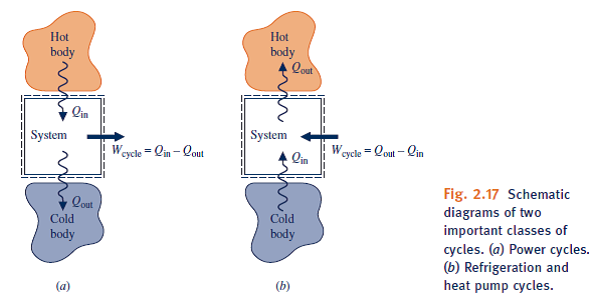

Major points of thermodynamic emphasis include: “ Interactive Videos to Enhance Student Understanding of Thermodynamic Efficiency.” Presentation at the American Institute of Chemical Engineers, Salt Lake City, UT, November 11, 2015.Note the complex configuration of this design as compared to the basic layout in Figure 1. A subset of the questions from the survey are shown below.įor more results, see Faizan’s PowerPoint presentation. Students found the videos focused directly on the thermodynamic systems to be more helpful than those that build analogies. Similarly, over 90% of the students supported the use of videos to cover additional concepts in the thermodynamics class as well as other engineering classrooms. 85 – 90% of the students agreed that videos are effective way to reinforce thermodynamic concepts. Lastly, we collected student attitude surveys to gauge student perceptions towards online teaching methods. Similarly, the number of students in the ‘poor’ category (scores below 50) decreased from 58% in 2010 to 15% The number of students in the ‘exceptional’ category increased from 12% to 54%. The improvement in student performance was more significant in this case: the average score increased from 54 to 74. Secondly, an exam question on refrigeration cycle from 2010 was re-administered in 2015. The number of students performing in the ‘exceptional’ category (scores 80 – 100) increased from 43% in 2011 to 63% in 2015 The average score in 2015 improved relative to 2011 by 8 points (65 vs. An exam question on power generation cycle from 2011 was re-administered in 2015. In order to assess the effectiveness of videos in enhancing student learning, student performance on exams was compared to prior years.
#Pcal thermodynamics ycal full version#
Click to view full version Assessments to Evaluate the Online Module Click to view full version The students are asked to determine the effect of turbine efficiency on the overall efficiency of the cycle. This question corresponded to the final video on power generation cycle. Problem sets were part of the students’ grade so they had an incentive to watch the videos. These videos were assigned as part of the weekly problem sets. An example of one of the videos is shown below. Each of these online videos showed a stepwise approach to problem solving that is particularly useful in engineering classrooms. The fourth and last video calculated the efficiency for a power generation cycle that had multiple components. The third video illustrated the process for calculating efficiency for a single system. The first two videos developed everyday analogies to mirror the flow of energy in thermodynamic systems.
#Pcal thermodynamics ycal series#
While they are able to calculate efficiency for a simple process when given the relevant thermodynamic equations, their conceptual understanding for developing such equations is lacking.Īs a part of the BOLD program with Center for Teaching at Vanderbilt University, I developed a series of Khan-style videos explaining thermodynamic efficiency.

Professor Laibinis, who has been teaching this class for over 5 years, has found that students struggle in applying the concept of efficiency to thermodynamic systems. Roughly 60 sophomores take this class every year. This module was implemented into Chemical Engineering Department’s ChBE 162 course: Chemical Engineering Thermodynamics.ĬhBE 162 is a required foundational class for undergraduate chemical engineering students. Paul Laibinis, Professor of Chemical and Biomolecular Engineering Overview ChBE 162: Chemical Engineering Thermodynamicsįaizan Zubair, Chemical Engineering, working with


 0 kommentar(er)
0 kommentar(er)
